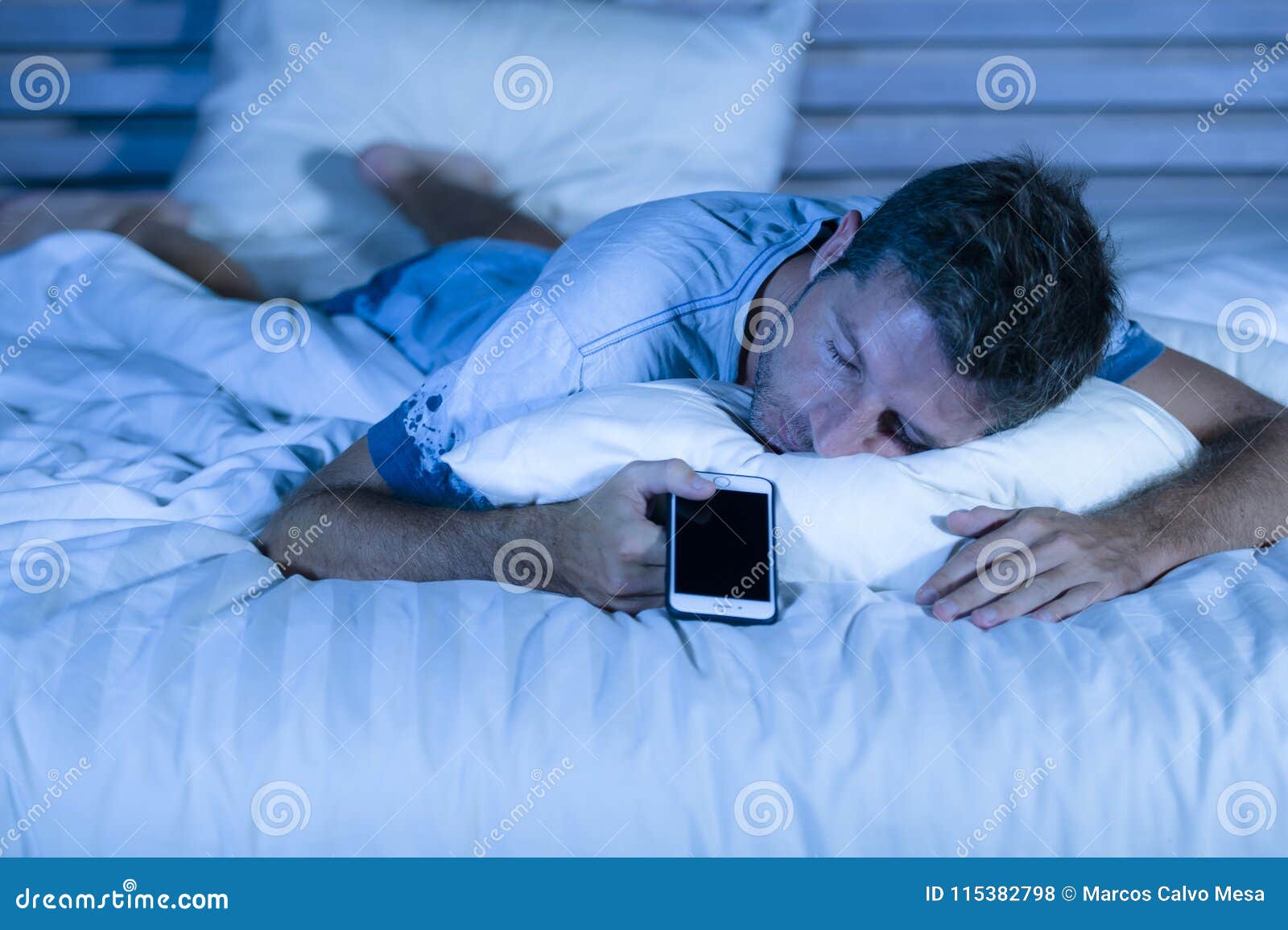

Sleepiness in kids usually is manifested as hyperactivity and inattention instead of dozing off. It could disrupt sleep and cause sleepiness the next day. Sleepwalking definitely affects daytime behavior.

Myth #4: Sleepwalking doesn't affect daytime behavior. While kids are more likely to experience sleepwalking, it could persist into adulthood. Myth #3: Sleepwalking mostly occurs in adultsĪs mentioned above, sleepwalking actually occurs more in children (17%) than it does in adults (4%).
#STILL A SLEEP AND UNDISTURBED WINDOWS#
You can usually protect sleepwalkers by taking some precautionary measures like locking the windows and doors at night and hiding dangerous items at night like scissors or knives. Some dangerous activities sleepwalkers have been seen to engage in are: There have been people sleepwalking who have engaged in dangerous activities and could harm themselves or others if you don't take precautions. Usually, however, you should simply not wake them up and just guide them back to their bed. If a person is going to hurt themselves or other individuals while they're sleepwalking, you certainly want to wake them up. It could actually be dangerous not waking them up. Myth #1: You shouldn't wake up a person who is sleepwalking. There are a number of sleepwalking myths, including: These lapses can occur dozens of times during the night, creating interruptions in sleep that might lead to sleepwalking. Obstructive sleep apnea (OSA): This is a type of sleep condition where your airway becomes blocked and causes short pauses in your breathing while you're sleeping.Fever: Fever has caused children to have a higher chance of sleepwalking and it might be connected to a higher number of nighttime illness-driven arousals.BrainiInjury: Disorders affecting the brain, such as encephalitis, might trigger sleepwalking.Alcohol: Consuming alcohol during the evening could create instability in an individual's sleep stages and might increase their risk of sleepwalking.Certain medications: Medicines with a sedative effect might push individuals into a certain type of sleep that will increase their likelihood of experiencing sleepwalking.Around 22% of kids who have parents with no sleepwalking history will experience this disorder, but 47% of kids who sleepwalk actually have one parent with a history of it and another 61% of kids who sleepwalk have two parents that have a history of it. Family history and genetics: Research shows an obvious pattern where certain individuals are predisposed genetically to sleepwalking.



 0 kommentar(er)
0 kommentar(er)
